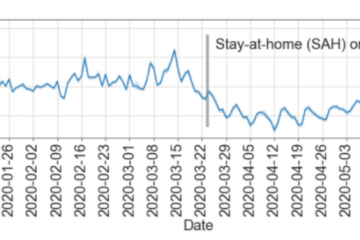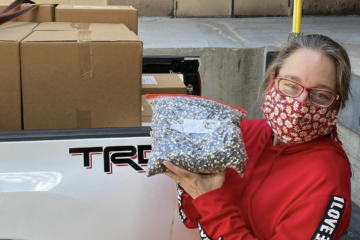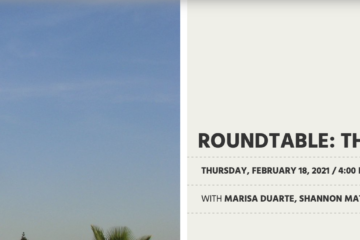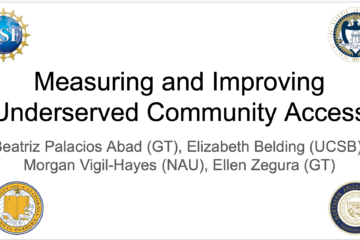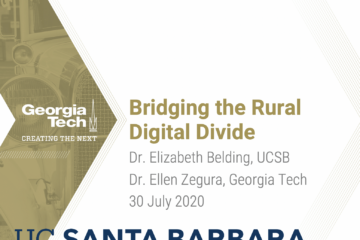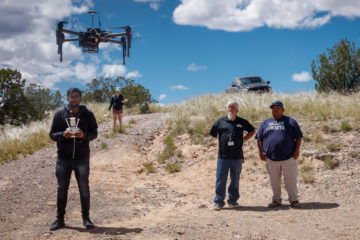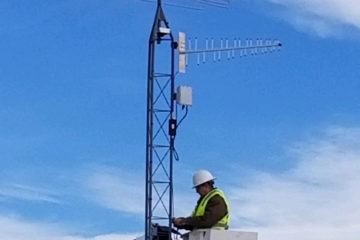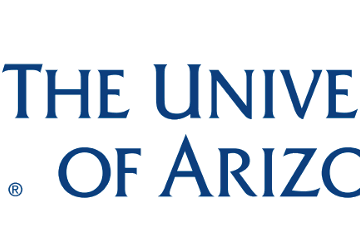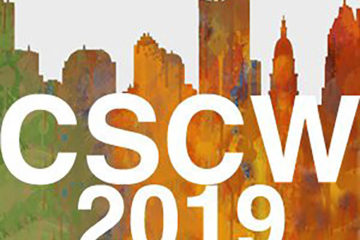In March of 2020, like many people around the world, our team began making major life adjustments in response to COVID-19. Our universities deterred travel, and many tribes enforced closures, turning away all people who do not live or work on the reservation. By late March, our friends and family in reservation communities began using social media to post sad news about relatives who were gravely ill or who had passed on. By April and May, each member of our team began relying on their social and professional networks to address various related needs in Indian Country. Supporting medical professionals In late March of 2020, Dr. Lance Whitehair, a physician at Navajo Nation Medical Center in Shiprock, reached out to team member Dr. Marisa Duarte to help raise awareness of an impending series of outbreaks. Duarte contacted several professionals for assistance, including Native public health consultants, tribal government liaisons, and Native information scientists. Dr. Miranda Belarde-Lewis (Zuni/Tlingit), Dr. Sandy Littletree (Navajo/Eastern Band Shoshone), Dr. Doreen Bird (Santa Domingo Pueblo) and Dr. Morgan Vigil-Hayes had an initial conversation with Dr. Whitehair about what they could do to raise regional public awareness of the outbreaks. Over several months, Dr. Whitehair sent bimonthly updates about changing supply needs at the Navajo Nation Medical Center and the known state of the epidemic through the Four Corners region as well as related parts of Indian Country and the affected states. Dr. Vigil-Hayes developed a program to scrape relevant up-to-date epidemiological statistics from the Web so that Dr. Whitehair could more easily construct his weekly analysis of the spread of COVID-19. The research team disseminated the information through their social networks, and also assisted Dr. Whitehair in crafting a letter to New Mexico Governor Michelle Lujan, indicating need for supplies, training, and improved rural Internet infrastructure toward telemedicine. Team member Jennifer Case Nevarez mobilized formal and informal community networks to collect and distribute and donate PPE to health professionals and medical facilities in the region. Supporting communities Nevarez also coordinated donations of over 275,000 PPE and supplies to various organizations and groups in need, including to every pueblo and tribe within New Mexico. During the spring and summer, families, students, teachers, and schools serving large numbers of rural students began to realize how significantly the lack of Internet infrastructure was impeding distance learning. To help address connectivity, Nevarez Read more…
